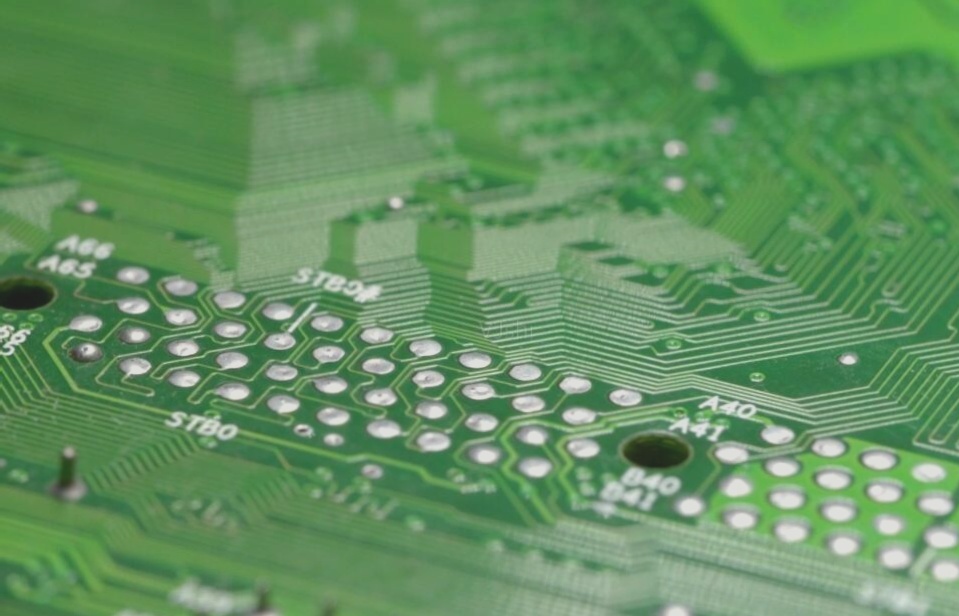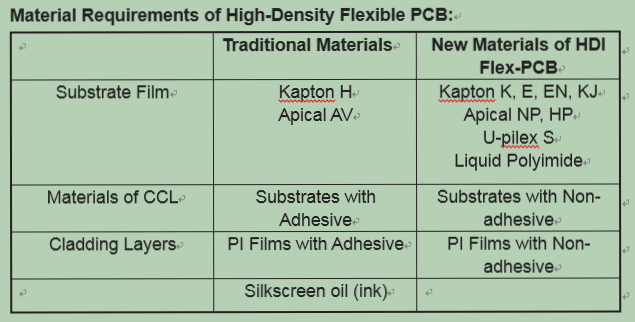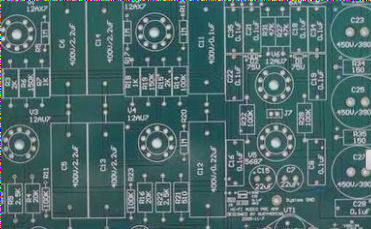Enhancing System Reliability with 7 Essential PCB Techniques
Introduction
Developing a formal embedded PCB motherboard design requires meticulous attention to detail and the implementation of various techniques to ensure system reliability. In this article, we will explore seven user-friendly PCB techniques that are crucial for enhancing system reliability and identifying abnormal behaviors.
1. Utilizing Robust Linker and IDE Techniques
Software developers must be prepared for unexpected events like a microcontroller executing in an unforeseen code space. By using the FILL command to populate unused ROM with a defined bit pattern and placing ISR fault handlers strategically, developers can build a resilient system that can detect and recover from such events effectively.

2. Automatic Generation of Application Checksums
Embedded engineers benefit from automatic generation of application or memory space checksums, which verify the integrity of the application based on stored values. Retaining CRC or checksum in memory allows for periodic verification of application integrity, preventing unexpected failures during prolonged system operation.
3. Conducting RAM Checks at Startup
Verifying internal and external RAM functionality at startup is essential to ensure robust system performance. By writing a known pattern to RAM and subsequently reading it, developers can confirm RAM integrity and detect potential hardware problems early on.
4. Implementing Stack Monitoring
Monitoring stack usage is vital in embedded development to prevent stack overflows that can corrupt adjacent memory. Implementing a stack monitor within the system health code allows for early detection of issues, ensuring system stability.
5. Leveraging Memory Protection Units (MPUs)
Memory Protection Units (MPUs) enhance firmware robustness by establishing isolated memory spaces and implementing protective measures during unexpected events. MPUs shield tasks from interference and contribute to system stability across various microcontroller tiers.
6. Implementing a Robust Watchdog System
A watchdog system is essential for system reliability, involving periodic timer resets independent of program activities. Integrating application tasks into the watchdog system ensures timely task completion and aids in system recovery in case of program errors.
Conclusion
By incorporating these seven essential PCB techniques, developers can enhance system reliability, identify abnormal behaviors, and build robust embedded systems capable of withstanding unforeseen events.
Avoiding Volatile Memory Allocation in Embedded Systems
Minimizing volatile memory allocation is crucial for optimizing resource utilization in embedded systems. While volatile memory allocation, such as heap usage in C (e.g., malloc and free), is common in more advanced environments, it should be reduced in embedded systems. By implementing calculated memory allocation strategies, the risks associated with volatile memory can be mitigated.




